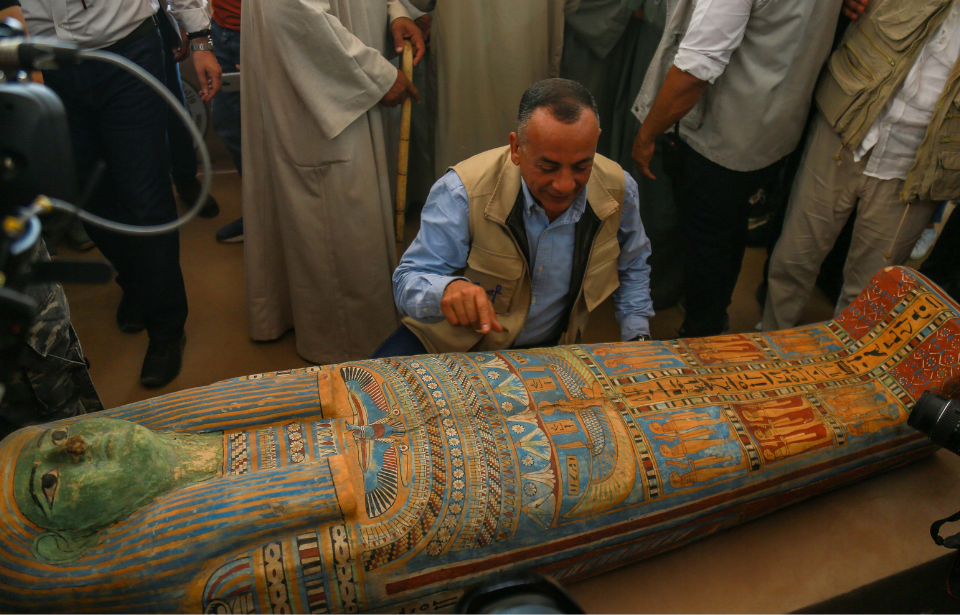The Egyptian Ministry of Tourism and Antiquities has revealed that archaeologists excavating the Saqqara Necropolis have made several new discoveries that continue to enhance our understanding of ancient Egyptian culture. Multiple tombs and workshops were uncovered, along with the hidden treasures kept within them.
Additional discoveries have been made at the Saqqara Necropolis
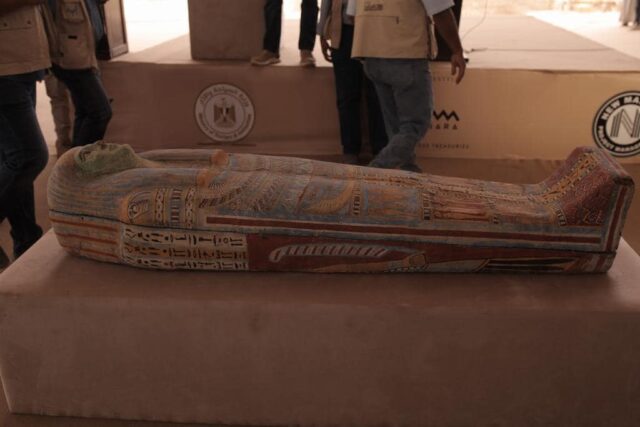
The Saqqara Necropolis is a UNESCO World Heritage Site that’s become known for its vast collection of archaeological treasures dating back to ancient Egypt. Researchers focused on this region for decades, as it’s known to have served as a burial ground for Memphis, the civilization’s capital. It’s home to the first-ever pyramid in the area – the Step Pyramid – and has proven rich in other pyramids, tombs and temples.
After a year-long excavation approximately 30 km south of Cairo, archaeologists have made several new discoveries. Announced at an international press conference, Egypt’s Minister of Tourism and Archaeology Ahmed Issa confirmed that structures dating back to the 30th Pharaonic Dynasty (380-343 BC) and the Ptolemaic Period (305-30 BC) were found in the region.
Workshop dedicated to mummified animals
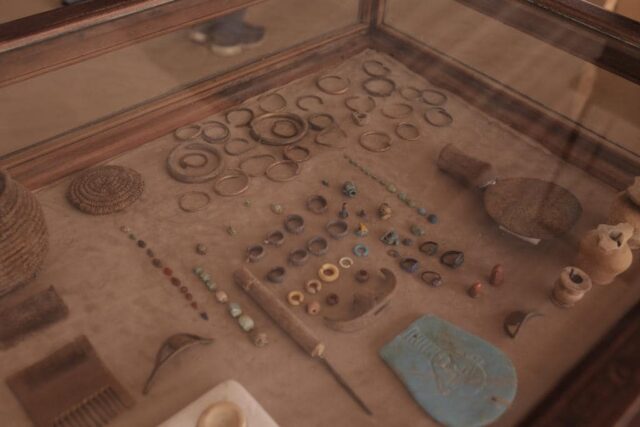
Part of the excavation involved the discovery of an embalming workshop dedicated to the mummification of animals and humans – considered the largest and most complete from the 30th Pharaonic Dynasty.
As Mostafa Waziri explains in an interview with Reuters, researchers were able to determine the use of the workshops, thanks to the discovery of tools made from bronze that were used in the mummification process.
The animal mummification workshop, in particular, consists of mud and limestone floors, and several other rooms and hallways were found, which held quantities of pottery and linens depicting animal figures. Within the workshop, five stone beds were unearthed, believed to have been used to mummify only the most sacred animals.
Two tombs from the Old and New Kingdoms
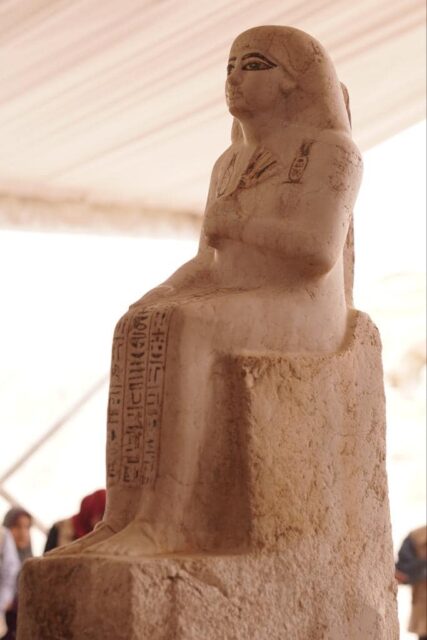
In addition to the workshop, two tombs were found at the site. Director-General of the Saqqara Archaeological Site Sabry Faraj confirmed that the team had found tombs dedicated to a man named Ne Hessut Ba and one known as Men Kheber.
Ne Hessut Ba was a high-ranking employee and top official of the fifth Egyptian dynasty. He likely held many administrative positions, and was more importantly considered a scribe and priest, serving the god Horus and the goddess Maat. Inscriptions within the tomb depict daily activities, such as hunting and cultivation.
Men Kheber was another priest believed to have lived during the 18th Dynasty. He’s believed to have served the god Qetesh, “a foreign idol of Canaan origin from the Syrian region who was worshipped in the city of Qetesh.” In Egypt, she was worshipped as the goddess of fertility and “the lady of the stars of sky magic.”
Alabaster statues of the dead that were retrieved from the tombs were adorned with painted blue hieroglyphs. One, in particular, is believed to be of someone buried at the tomb, likely the cemetery owner, sitting in a chair while wearing a robe. The figure is donning “a hair wig and holding a lotus flower in his left hand, while his right hand is on his thigh.”
Imported materials
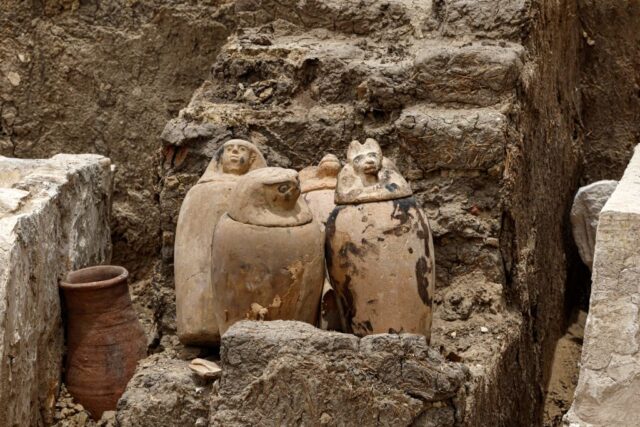
Other important artifacts were pulled from the tombs and workshops, indicating an important fact about the ancient Egyptians. The different paints and resins used in the mummification process and the decorating of treasures were analyzed to reveal their chemical breakdowns.
More from us: Humans Started Kissing 1,000 Years Earlier Than We Once Thought
This shows that some of the raw materials were actually imported from Asia and other areas of Africa. This means they had networks spread throughout these regions, and journeys were made to bring the necessary materials to Saqqara.
